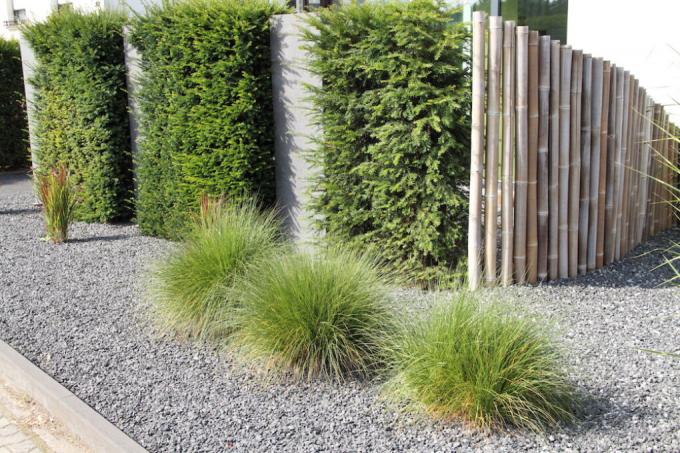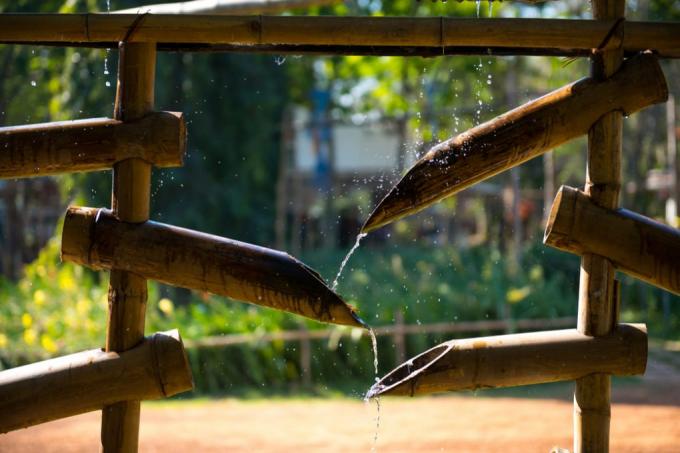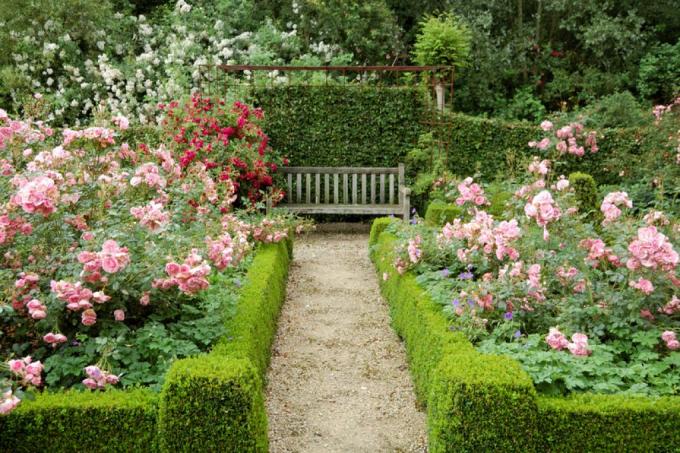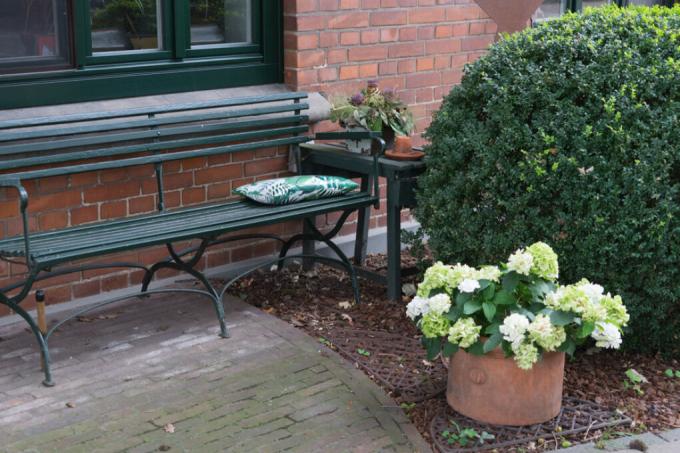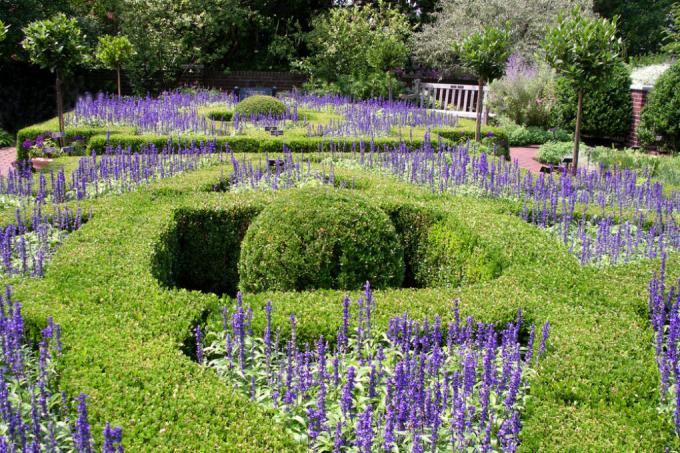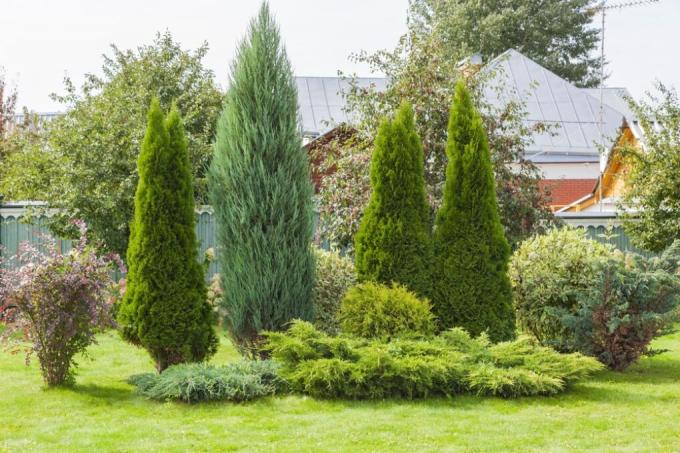Why does the sand bed system work so well?
Since the plants initially only stand in sand, they are forced to develop a very strong root system that reaches far into the ground. Since the deep layers of soil are well moist even in hot summers, the plants are largely self-sufficient after they have established themselves.
also read
Competing weed seeds need a comparatively long time after germination to penetrate to the water-bearing soil layers. That's why they can't rise as well. Weeds that have germinated despite these adverse conditions can be easily pulled out of the sand layer.
Creation of a sand bed
- Establish the outline of the bed and completely remove the top foot of soil (topsoil).
- Loosen the soil underneath.
- Fill with sand, which should have a grain size of up to 0.8 mm. This must be such that the granules do not stick together. Round-grain screed sand is particularly suitable.
- Take the plants out of the pot, gently shake off the soil and wash the roots carefully. As a result, they connect well with the substrate and the plants grow quickly.
- Larger perennials should be divided before planting. In the sand bed, the plants thrive so well that even small plants begin to sprout vigorously after a few weeks.
- Thoroughly wet the plants. After that, no more watering is required!
Maintenance of the sand bed
Basically, you can safely leave the sand bed to itself. You should always remove fallen leaves. This prevents a layer of humus from forming on the sand, which would negate the positive effect of the bed.
After a few years, they remove the sand soiled by pollen and dust on the surface and replace it with new ones.
Which plants thrive particularly well in a sand bed?
Of course, perennials that are used to rather barren conditions grow extremely well in a sand bed. But plants that are normally cultivated in humus-rich soil also feel extremely comfortable. Which includes:
- peony,
- lupine,
- mullein,
- delphinium,
- phlox,
- prairie candle,
- catnip,
- sweet thistle
and many others.
Only onion flowers cannot be cultivated in sand beds.
Tip
Simply repurpose the children's old sandbox: You can create sand beds a little higher with a wooden frame. Since the sod smothered under the sand, in this case it does not need to be removed.

